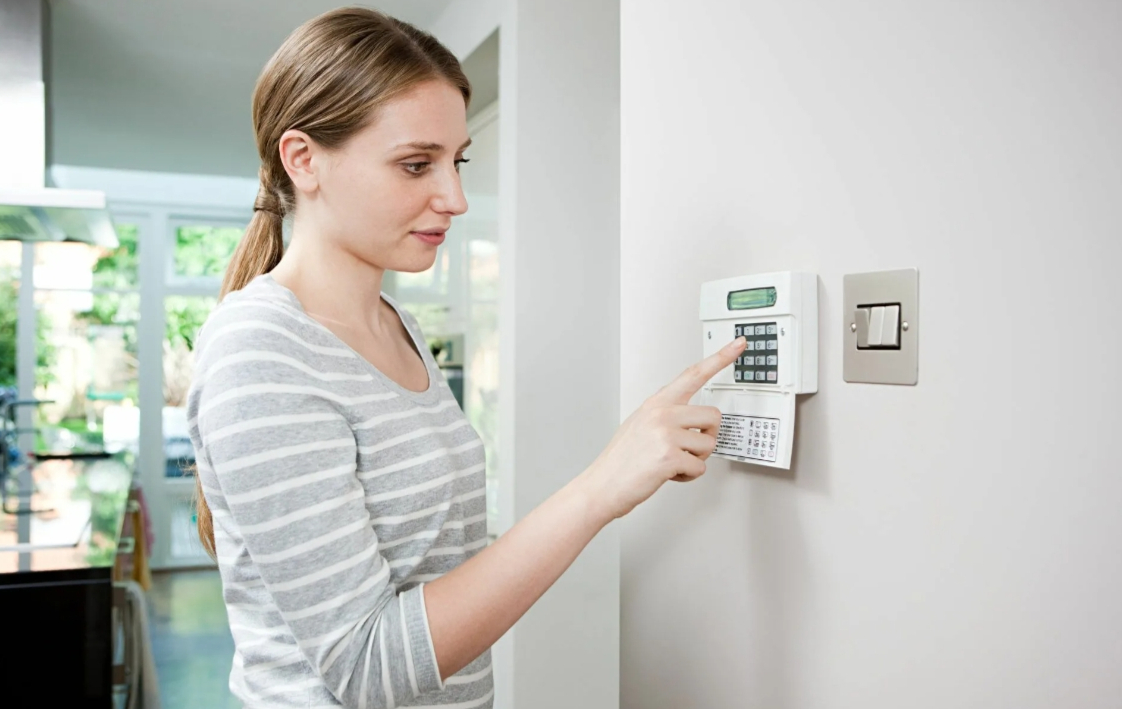Monitoring your home security system has never been easier but there are several things you need to consider before committing yourself to a long term monitoring agreement with any alarm company Alarm companies don’t make the majority of their profit from selling security systems, it comes from accumulating a large base of alarm-monitoring contracts.
In fact these monitoring contracts are so profitable that they are frequently bought and sold like mortgage notes. Tip #1 Ask if they are an authorized alarm dealer or a represent a marketing company. Marketing companies have learned to flood a market with fantastic offers on security systems with the sole purpose of selling the contracts at a profit. They often use any sub-contractor available, which can lead to poor customer service once the marketing company leaves town. Once you find a reputable alarm company ask them to come out to your home and give you a quote. You’ll find that most will quote you a basic security system at a reasonable price. These basic security systems generally include an control panel, keypad, motion detector, a couple of door contacts, inside siren, a yard sign and warning decals Tip #2 Make sure the equipment can be monitored by any alarm company not by just the one selling it to you. If they use proprietary security equipment you could be left in a bind should you become dissatisfied with their service for any reason. Ademco, DSC, Caddx are well known manufacturers and can be monitored by any one. Some companies offer low a low installation charge of $99.00 or will give you a “FREE” security system. Many do so if you put a security sign in your yard for advertising purposes and commit to a long-term alarm-monitoring contract. Since the installation charge doesn’t cover the true cost of the equipment and labor, you are charged a substantial monthly fee to recoup their investment. These “deals” or equipment leases aren’t necessarily bad but make it hard to evaluate the true cost to you over time. The best way to evaluate your contract is to ask the salesman to give you a quote to purchase the security system outright and show the home alarm-monitoring fee separately. Most of the time you are better off buying the alarm system because your monitoring fee will be much less.
For example. Say for $99 your monitoring fee is $35 per month for 3 years you total cost for monitoring your home alarm is $1359.00 Your fee will remain $35 per month or even increase. On the other hand say you pay $599.00 installation and $20 dollars a month your total cost is $1319. Not only is your overall cost less but from year 3 on your will be saving $180 per year. This savings would be better spent on upgrading your alarm system to include fire monitoring and added perimeter protection Tip #3 Don’t pay additional charges for medical or fire monitoring. It’s ok to pay for the equipment needed but some companies charge $2-$5 extra for these services. These options are easily programmed into the alarm system and don’t require any additional effort to monitor. Is A Basic Security System For You? The answer is probably not. Basic systems only cover your doors and are supplemented by the use of a motion detector. This detector is usually mounted in the main hallway to catch a burglar crossing the center of the home. If they come through a bedroom window and never pass by the motion detector, the alarm system will never sound. Imagine being home at the time this happens. Basic security systems are best used as a deterrent to a break in and to notify the authorities an alarm condition exist.
Adding perimeter protection such as window contacts or glass break detectors should be high on the list of upgrades. These types of upgrades not only activate the alarm system instantly but also will give you piece of mind while you are home. Protect Your Financial Interest Not Just Your Home Get all quotes in writing and make sure the quote is a binding quote. At a minimum the following should be included in your contract. Length of contract and if / how it renews. Does it renew automatically? What type of notice do you have to give to terminate the monitoring agreement Will your fee increase and is there a limit on the increase. If at all possible lock in your monitoring fee for the entire contract otherwise you could see an increase every year. Don’t be afraid to walk away on this point alone. Do you own the equipment or is it a lease? A lease means lower initial installation cost but high monitoring fees. Warranty: Most of the alarm equipment comes with it’s own warranty in addition to what is offered by your company. Specify the warranty for each item so that you aren’t charged if it fails.
Also specify how long the warranty on labor is.
Expect to pay some labor cost for replacing under warranty items Service Calls Alarm technicians are usually well trained to diagnose and fix problems with your security system. Be prepared to pay in the neighborhood of $55 per hour. The fee can seem high when compared to your original installation cost but is not out of line. Think about how much you pay for your car or computer to be worked on. How long is the response time to service your alarm system. 48 hours is a reasonable time. Do they provide an installation certificate for your home owner’s insurance Many insurance companies offer a discount for monitored home security systems. Don’t Wait Until You Have A Break-In To Get An Alarm System! You can replace most things but you may never replace your sense of security in your own home.
